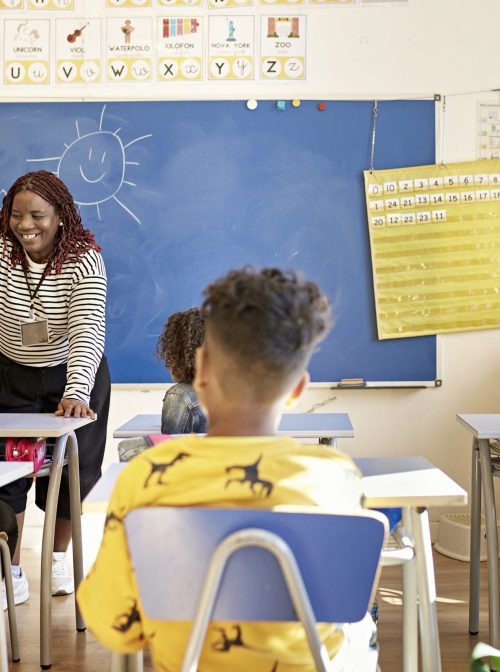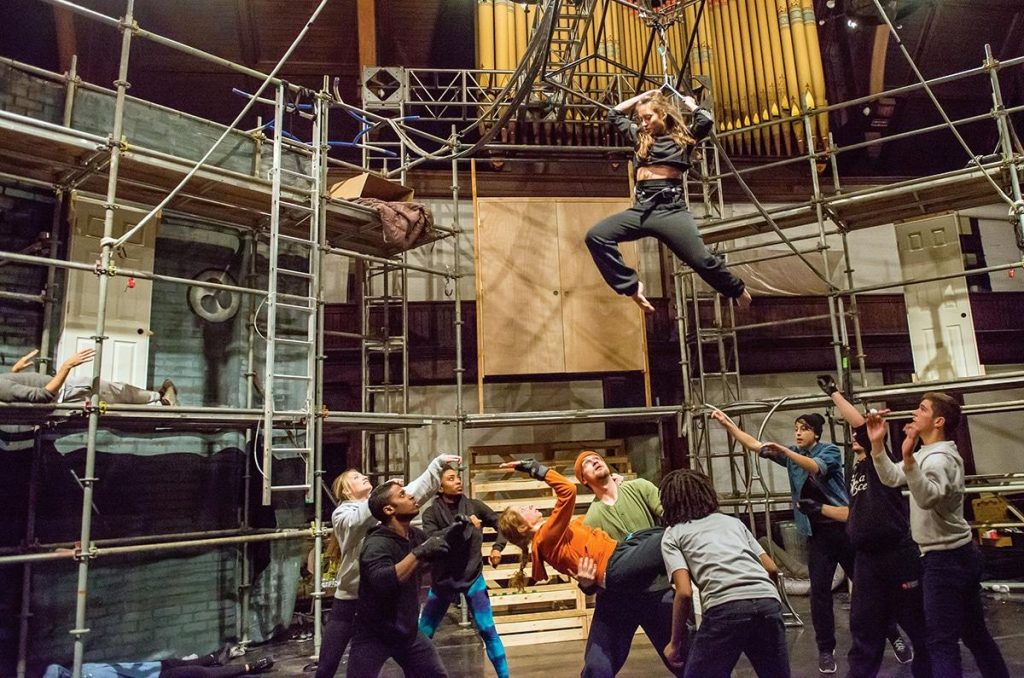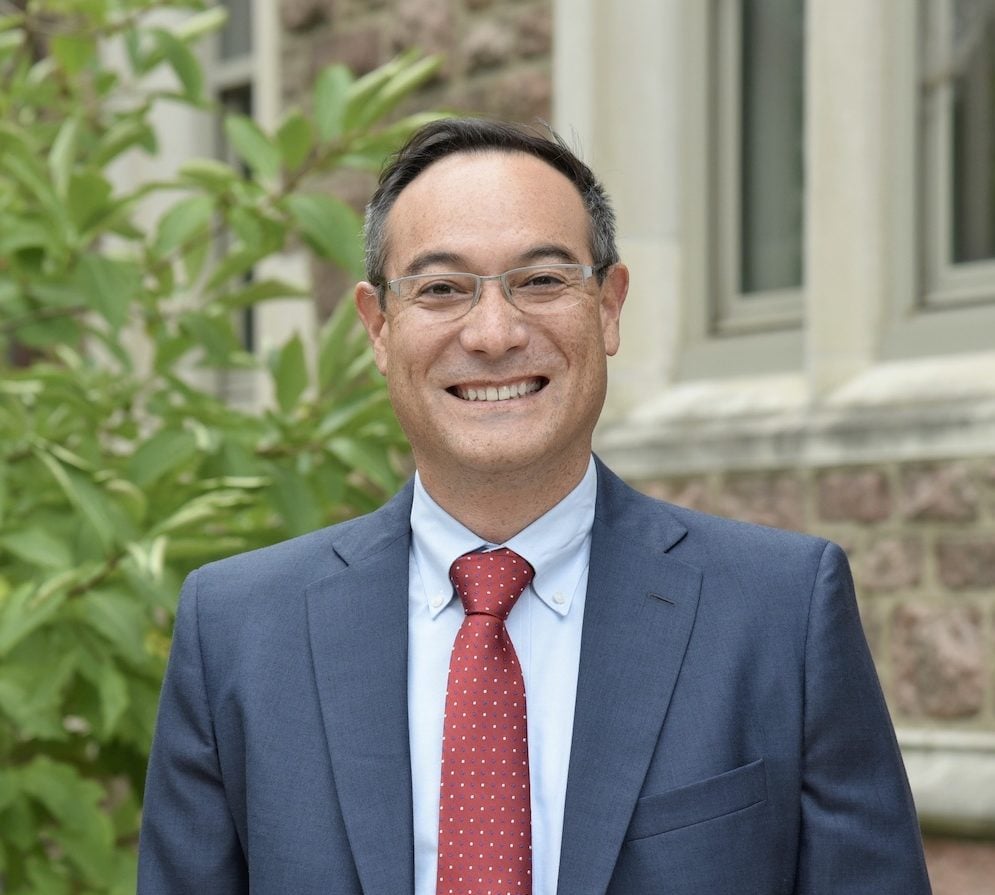My third-grade teacher was a kind, patient, and caring woman. She was also proudly Christian.
This worldview shaped her identity and her pedagogy, and she felt no need to hide it from her students. She gladly told us anecdotes from her churchgoings and chastised us for taking the Lord’s name in vain. She used John 11:35 to teach us about syntax and reminded us to always prioritize God first, then others, then ourselves. Sometimes, in the mornings, before the first bell rang, she would sit at her desk, bow her head, and quietly pray.
For many of my peers in my suburban public school district, these religious messages were nothing new, and aligned precisely with the beliefs and values they were taught at home. For a small number of students, though, these faith-based teachings differed from their personal and family beliefs. It was biased at best and coercive at worst. I was raised in a firmly secular household: prior to third grade, my knowledge of Christianity hardly exceeded what was covered in “Veggie Tales”. As my teacher wove together religious and scholastic endeavors, I was at once staunchly intrigued by my up-close view of religious life and increasingly confused by the muddled lines between Church and State.
Even before the June 2021 Supreme Court ruling in Kennedy v. Bremerton School District, which affirmed a high school football coach’s right to pray on the field, religious customs and rituals were often freely practiced in public school settings. But acceptance of religious expression in these educational spaces, whether it be explicit or implicit, is all too often reserved for a single dominant group. As I progressed through my pre-collegiate academic career, many of my and peers comfortably shared details of their worldview, both in and out of curricular settings. In doing so, they painted a rich picture of the lived experiences of Christianity. Meanwhile, limited classroom time was devoted to the study of other worldviews. The non-Christian faiths and ideologies observed by a minority of my peers was practiced mostly in silence, as our learning environment did not welcome much open discussion surrounding other faiths. Consequently, we did not learn about the religious diversity that abounds in the United States with the same detail, nuance, or richness that the dominant worldview was awarded.
READ THE report
Interfaith Diversity Experiences and Attitudes Longitudinal Survey (IDEALS)
My individual experience reflects a broader trend within K-12 spaces. In many cases, the study of world religions in pre-college classrooms is relegated strictly to a “dates and doctrines” approach that fails to fully give voice to the rich and varied fabric of America’s religious diversity. Both in and out of the classroom, it is not easy to provide a full picture of diverse lived experience . With those concerns in mind, there is room for improvement in pre-collegiate religious studies, especially after the Kennedy vs. Bremerton decision. Now that we are navigating a K-12 educational landscape in which the right to integrate faith in public schools has been legally affirmed, we must consider how to support belonging and expression for students of all different worldviews into educational practice.
One promising source of guidance is the work that’s already underway on many U.S. college and university campuses. Programs, policies, and initiatives that have been shown to improve the campus climate for religious diversity are already underway across the country at private and public schools alike. For example, recommendations from the Interfaith Diversity Experiences and Attitudes Longitudinal Survey (IDEALS) include sending messages that students of all worldviews are welcome on campus. These messages can be explicit — conveyed by campus leaders — or they can be implicitly communicated by dedicating space on campus where students can express their worldviews or supporting religiously diverse student organizations. Faculty and administration at elementary and secondary schools could similarly take steps to demonstrate that all religious and worldview identities are valued, not just those of a single dominant group.
We must ensure equitable, inclusive, and affirming educational spaces for everyone represented in America’s richly diverse religious landscape.
IDEALS could also inspire creative thinking about how to foster interfaith understanding among K-12 students. Engaging college students in academic experiences like having religious diversity discussions in class is one data-backed practice in higher education that contributes to a more inclusive climate. Involving them in co-curricular interfaith opportunities (like service or community engagement activities) is another path by which worldview knowledge and appreciation are cultivated. There are undoubtedly places in our public elementary and secondary schools where faculty and administrators can facilitate meaningful encounters like these. And there is even a support network to help K-12 educators build skills and confidence to lead the charge.
In a recent interview, writer and storyteller Wajahat Ali observed that we live in a country where “religion plays an active role in politics and culture; where we have religious freedoms and yet where we are religiously illiterate.” Ali goes on to say, “Despite religion being such an animating lightning rod for politics and culture, we simultaneously don’t have etiquette or language to talk about it in the public space.” Kennedy vs. Bremerton School District has opened the door to more conversations about religion in a vitally important public space: our nation’s elementary and secondary schools. It is therefore imperative that we make a conscious effort to equip K-12 students with the etiquette and language (and knowledge and skills) to navigate those conversations in a way that honors the religious diversity of our communities. Religious and worldview beliefs are often integral to the identities of both teachers and students: as our laws and institutions grapple with that fact, we have a responsibility to ensure equitable, inclusive, and affirming educational spaces for everyone represented in America’s richly diverse religious landscape.




